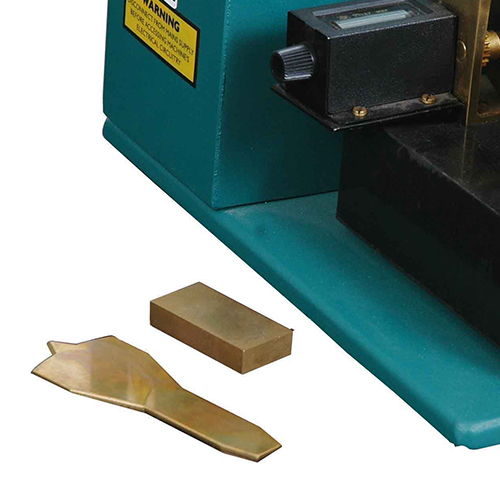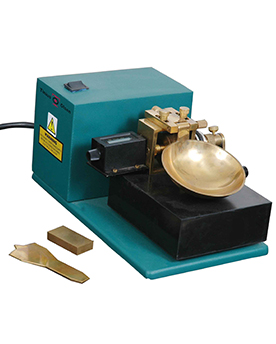The Liquid Limit is the level of water content at which soil changes from liquid to a plastic state. From an instrumentation perspective, the Liquid Limit is measured as the point where two halves of a soil sample flow together when jolted in a particular fashion. The equipment consists of a brass cup, which is repeatedly dropped a distance of 1cm onto a hard rubber base.
In a typical procedure, the soil sample is placed in the cup and a groove applied down the center of the sample using the Casagrande grooving tool and gage block. The cup is raised and allowed to fall a distance of 1cm onto a hard rubber base, at a rate of two drops per second, during which the groove closes up gradually as result of the impact. The number of drops required for the groove to close is recorded.
Applicable Standards: ASTM D4318; AASHTO T89, T90; BS 1377; IS 9259.
Features & Benefits
Ordering information
For BS Standards:
For ASTM Standards:






 Liquid Limit Device
Liquid Limit Device